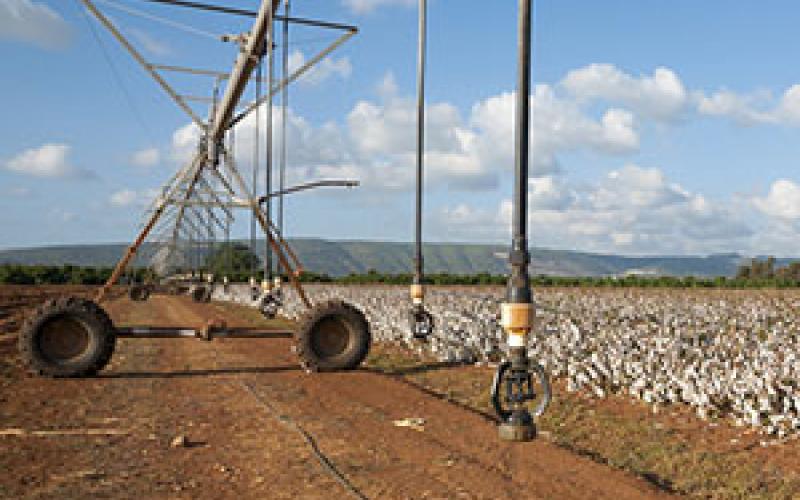New performance indicator helps inform corporate water decisions

New performance indicator helps inform corporate water decisions
In a recent study, researchers developed an approach to help companies make more informed water decisions based on which suppliers use more or less water throughout the supply chain.
Original Paper:
Joa, Bettina, et al. "Introduction of a feasible performance indicator for corporate water accounting–a case study on the cotton textile chain." Journal of Cleaner Production 82 (2014): 143-153. DOI: http://dx.doi.org/10.1016/j.jclepro.2014.06.075
Across the entire supply chain of industrial processes, the majority of water used across the supply chain of a finished product is outside of the control of the final producer; The producer cannot directly influence the cultivation techniques of the raw materials unless the company controls the fields. Instead, businesses can indirectly signal ecosystem priorities and water risk tolerance by their choice of a supplier (e.g., avoiding drawing from water-stressed regions, purchasing from companies with water-efficient equipment, etc.). A prerequisite for making water-input based supply chain decisions is an understanding of which processes and which suppliers use more or less water.
Researchers from the Institute for Industrial Ecology at Pforzheim University and Systain Consulting GmbH in Hamburg, Germany developed one approach to address the issue of water use in supply chains. The team developed the Regionalized Cumulative Water Intensity (RCWI) method to inform corporate level decision-making while maintaining reasonable input data requirements. The model considers both the total water input, financial added value for each additional unit of water, and relative water scarcity. By using these inputs, the model informs not only the physical water perspective but also the economics impacts of supply chain decision-making.
To demonstrate the model, the researchers examine the cotton value chain, including cultivation, dyeing, spinning, and garment manufacturing. In this sector, the relevant water variables include the location of cultivation, the method of irrigation (rain-fed or irrigated), and use in the dyeing, spinning, and manufacturing stages. The researchers used production data as well as water stress indices for each chosen processing site across the United States, Brazil, Turkey, Bangladesh, and Turkmenistan.
The study reports two key findings. The first is that the cultivation stage of the cotton value chain has a large effect on the RCWI. Brazilian cotton is largely rain-fed and is cultivated in water rich areas, and its RCWI with the worst combination of spinning and dyeing processers is only 26 percent of the base US scenario. That is to say clothes made from Brazilian cotton require only one-fourth the water for the same economic outcome. More surprisingly is the extent to which the processors can affect overall RCWI. Turkmenistan is water-scarce and uses extensive irrigated cultivation in the cotton sector. Despite the water-intensity of Turkmeni cultivation, water-efficient dyeing, spinning and manufacturing can help rein in the end product's RCWI: The best supplier in the worst-case Turkmenistan scenario outperform the worst suppliers in the base case. Simply, supplier water intensities can significantly impact the final product regardless of cultivation technique.
Corporate managers need this type of data to make informed sourcing and production decisions. The visibility and importance of reducing supply chain water consumption is increasing for reasons of public relations and, more importantly, risk mitigation. Industries that require significant water resources throughout the supply chain, such as food and beverage and microprocessors, are especially keen to reduce their water risk exposure. While this model does not create communicative graphics and nor does it have graphical interface, the underlying idea expands the water risk mitigation toolbox for managers. Coupled with existing water footprinting techniques, RCWI could help advance corporate sustainability and water stewardship while maintaining supply lines and margins.




